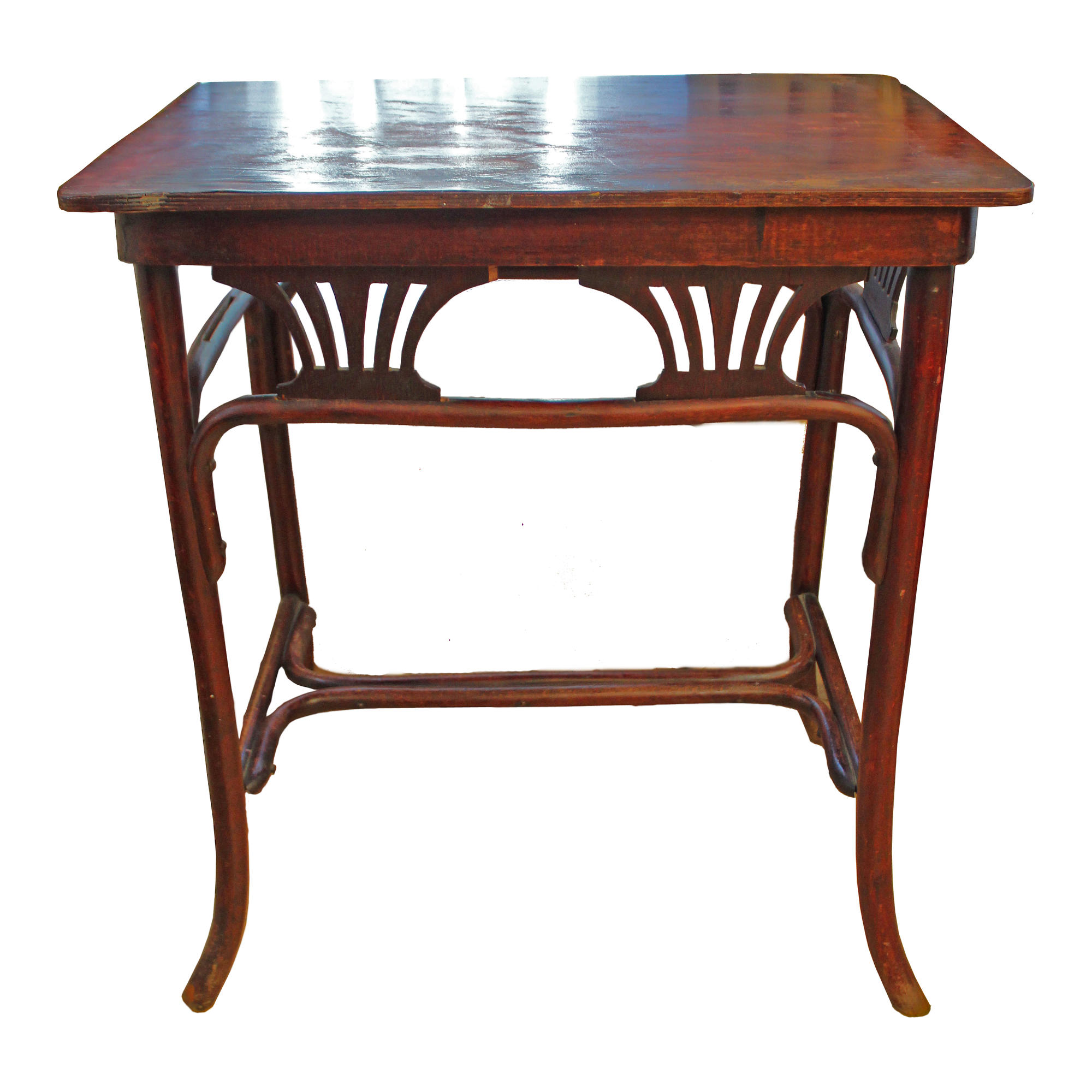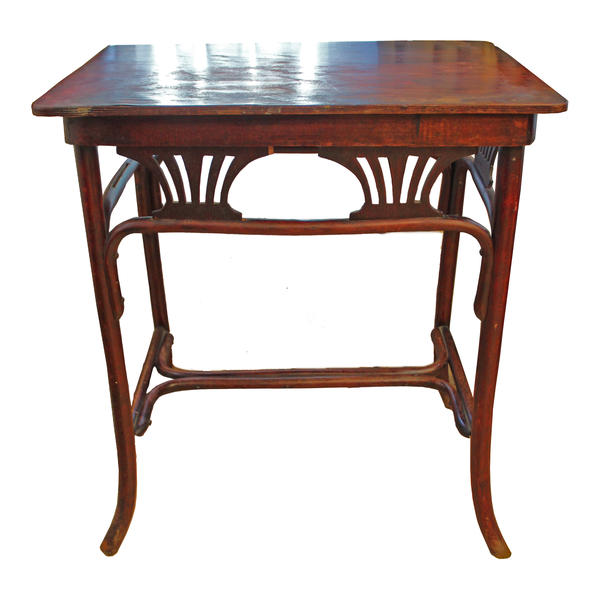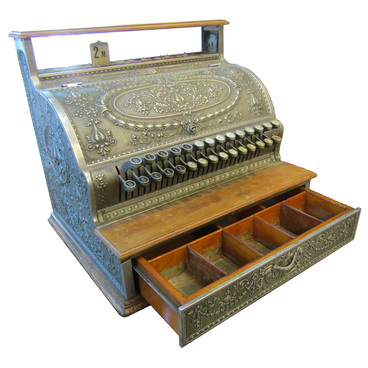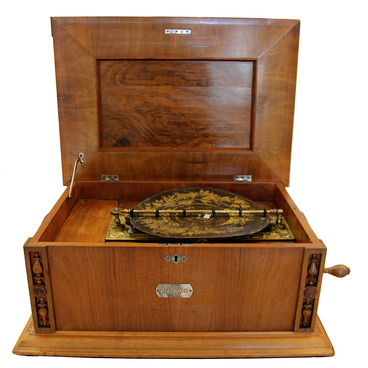The name Bentwood Viennese furniture first appeared in the middle of 19th century, when German-Austrian furniture maker Michael Thonet came up with a new way of making chairs and opened a workshop in Vienna. In accordance with the technology invented by him, the wood - most often beech - was heated with steam. Then the material became soft, and it was possible to give it the necessary bent shape. Initially they produced only chairs using this technology, and later - other interior items as well.
Bentwood Viennese table
Время создания
Beginning of the 20th century
Размер
75x64,5x44,5 cm
75x64.5x44.5 cm
75x64.5x44.5 cm
Техника
Wood
Выставка
0
Открыть в приложении#1
Bentwood Viennese table
#3
#7
Thonet had another revolutionary idea - the customer would be provided not with furniture in the ready for use condition, but rather with a set of parts of which he himself would assemble the product on the spot. Thus it was possible to order several items at once: they were convenient to deliver. Besides, the furniture itself turned out cheaper, and the elegant look of the products fitted any interior.
#8
In 1856 the Thonet Brothers company obtained a patent for the production and distribution of bent furniture. When its term had expired in 1869, the company already had about 60 competitor companies, 16 of which operated in Russia.
#9
Competitor factories took the Thonet’s ideas as a basis, improving them and introducing modifications of their own. There was a wide range of rocking chairs, chairs with high backs for croupier in casino, tables, baby cots and even hangers. Viennese technology also influenced things unrelated to the home interior: tennis rackets, sleighs and skis. By the beginning of the 20th century factories had been producing more than 20,000 products using the Thonet’s technology.
#6
The producers paid great attention to details and decorations. Products came out in several variants: they invented different patterns for seats and backs of beds and chairs, which were then produced with the help of an imprint on plywood. The backs were covered with leather or weaved of reeds. They also produced furniture of different colors: in addition to products of the natural light hue, there were sets of darker wood, including black wood. Some interior items were decorated with pearl paintings on a dark background or with ornaments carved in the wood.
#10
In addition to the factory production, in the 20th century there was also artisanal production. Self-taught masters began to make furniture using Viennese technology not only of beech, but also of other wood species: ash, maple, oak, birch and cherry. This significantly enriched the assortment of products.
#11
The item exhibited in the museum is most likely made by one of the private artisans. The table doesn’t have any factory markings. Since the table is designated for trays, its countertop is smooth and not decorated with any pattern. On both sides of the countertop there are decorative inserts in the style of art Nouveau. Researchers suggest that this table was made in the 20th century.
читать дальшескрыть
00:00
00:00
1x
Bentwood Viennese table
Время создания
Beginning of the 20th century
Размер
75x64,5x44,5 cm
75x64.5x44.5 cm
75x64.5x44.5 cm
Техника
Wood
Выставка
0
Открыть в приложении
Поделиться



